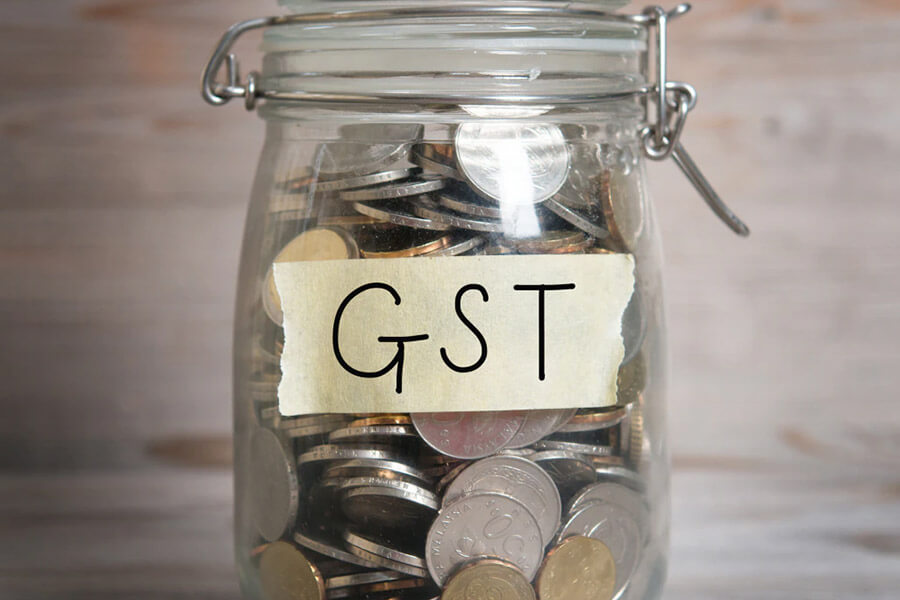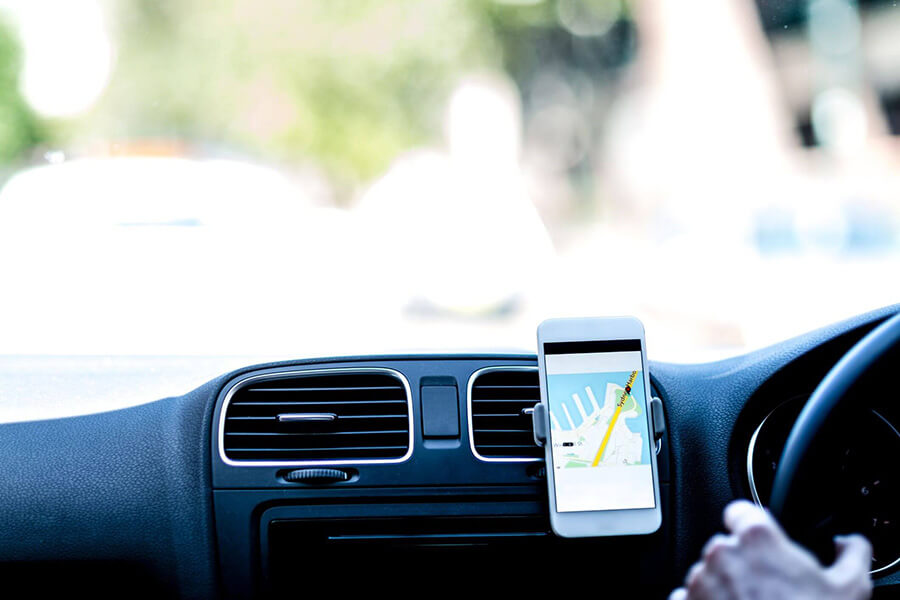Do you need to register for GST?
The GST registration threshold or GST turnover is $75,000 for businesses, or $150,000 for non-profit organisations. You must register for GST if you fall into one of these categories according to the ATO:
- If you’re already in business and your annual turnover has reached or exceeded the GST threshold
- When you start a new business and expect your annual turnover to reach or exceed the GST threshold in the first year of operation
- You provide a taxi or limousine travel service in exchange for fares
- If you want to claim fuel tax credits for your business or enterprise
GST turnover refers to your business revenue rather than profit.
Startups and enterprises not registered for GST should assess sales figures regularly, as once your revenue breaches the annual turnover threshold, you will only have 21 days to register your business to avoid penalties and interest.




















